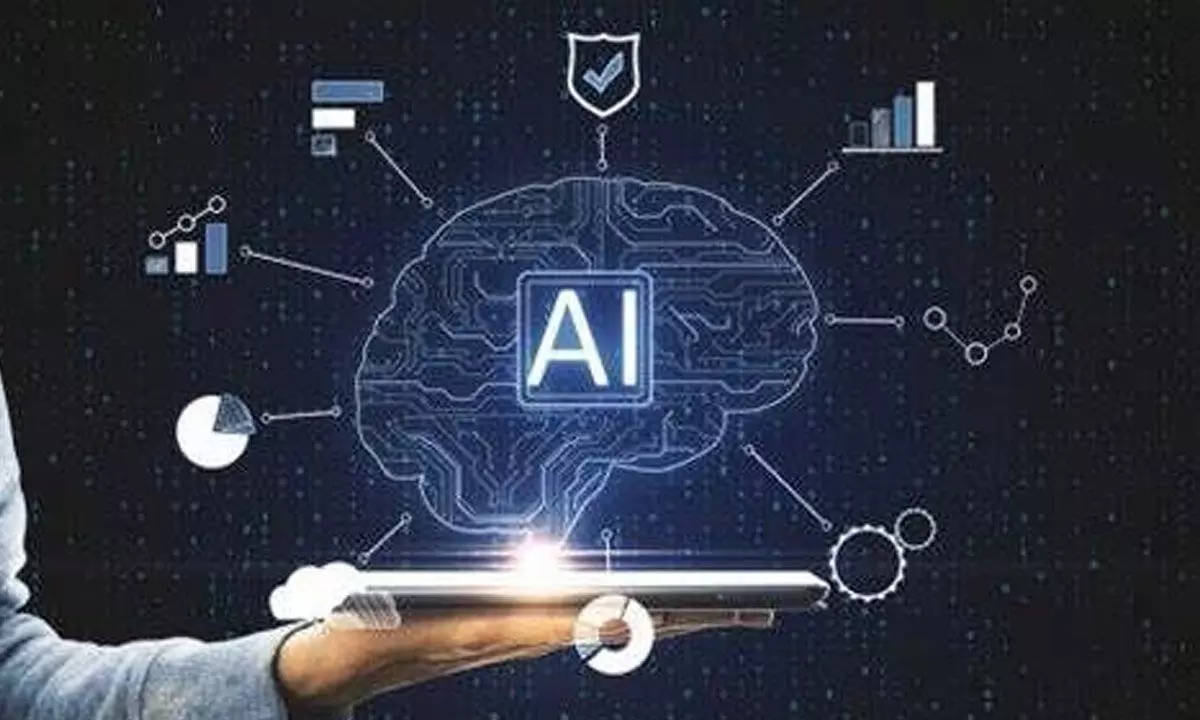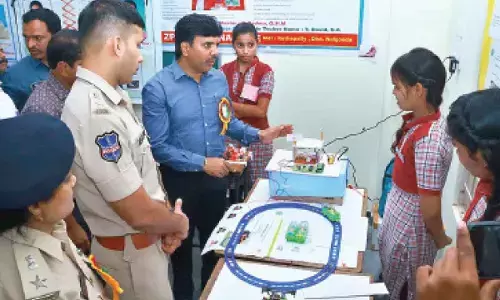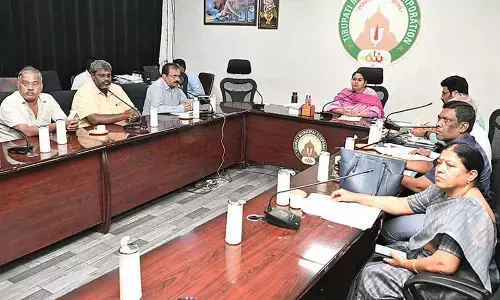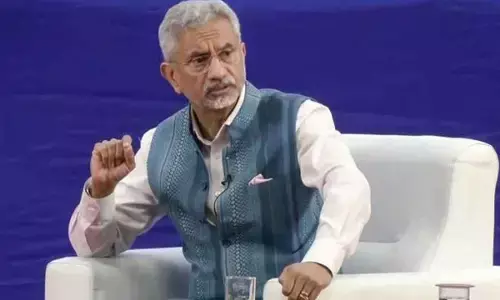Transforming peer learning in education system

As peer learning continues to flourish in India, it is crucial to build an inclusive and supportive learning environment for all students. Leveraging technology, promoting collaboration, and prioritizing peer learning can revolutionize India’s education system, unlocking the full potential of its students on a global scale. Peer-to-peer learning provides hope for overcoming language barriers and economic challenges, empowering individuals to escape cycles of poverty and secure meaningful employment. The future of education in India extends beyond mere access; it’s about creating meaningful, engaging, and personalized learning experiences for everyone. With AI and peer learning leading the way, this transformative future is within reach
In a country full of many languages, mastering fluent English has emerged as an important step towards economic growth. With nearly 30% of the population speaking ‘broken English,’ the need for effective language skills to secure employment has now become of utmost importance. This challenge is further propelled by the high cost of living, making job acquisition a pressing concern for many.
Enter peer learning
A unique educational approach that is changing the way students learn. Historically, the Indian educational system has been full of overcrowded classrooms and a fixed curriculum, offering lesser opportunities for learning at a personal level. This environment also created a reluctance among students to seek help when necessary. However, the learning landscape is experiencing a significant change with the rise of peer connectivity and collaborative learning. Peer-to-peer learning is well-suited to meet the rapidly changing demands of the modern world. Traditional curriculums often lag behind technological advancements and rapidly changing industry requirements, but peer learning is easily adaptable and responsive. Learners can swiftly share new information, skills, and best practices, ensuring their education stays relevant and current. In India, where access to quality education varies, peer learning presents an opportunity to bridge gaps and transform education. National data shows that peer learning is becoming more popular in Indian schools, with an average implementation rate of 33.5 per cent. This shows a growing acceptance of collaborative learning methods in the education system.
AI: The game changer
Artificial intelligence has already advanced significantly in various sectors, and education is no exception. AI’s capability to analyze extensive data, identify patterns, and customize learning experiences makes it an essential tool in contemporary education. When combined with peer learning, AI can enrich the educational experience by providing personalized learning paths, real-time feedback, resource recommendations, and more.
Affordability through technology
One of the primary advantages of AI-assisted peer learning is its potential to make education more affordable. Traditional education systems often require large investments in infrastructure, teaching staff, and learning materials. In contrast, online platforms powered by AI can reach a broader audience at a fraction of the cost. The integration of peer learning and AI not only makes education more affordable but also greatly enhances its effectiveness. Students tend to stay more motivated and engaged in their studies when they actively participate and collaborate with peers. Additionally, AI-assisted peer learning platforms can be designed to be inclusive, catering to students with varied learning needs and backgrounds, ensuring that everyone has an equal opportunity to succeed. While benefits of integrating technology are many, it still comes with significant challenges. A major issue is the digital divide, which restricts access to online education for students from low-income families or rural areas with inadequate internet connectivity. Bridging this gap demands a collaborative effort from the government, private sector, and educational institutions to ensure that digital resources are accessible to all students, regardless of their socioeconomic background or location. As peer learning continues to flourish in India, it is crucial to build an inclusive and supportive learning environment for all students. Leveraging technology, promoting collaboration, and prioritizing peer learning can revolutionize India’s education system, unlocking the full potential of its students on a global scale. Peer-to-peer learning provides hope for overcoming language barriers and economic challenges, empowering individuals to escape cycles of poverty and secure meaningful employment. The future of education in India extends beyond mere access; it’s about creating meaningful, engaging, and personalized learning experiences for everyone. With AI and peer learning leading the way, this transformative future is within reach.
(The author is Co-Founder & CEO, Clapingo)
















